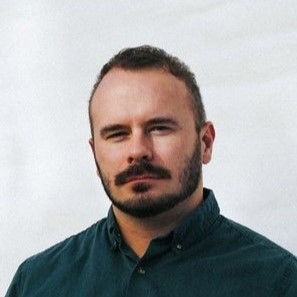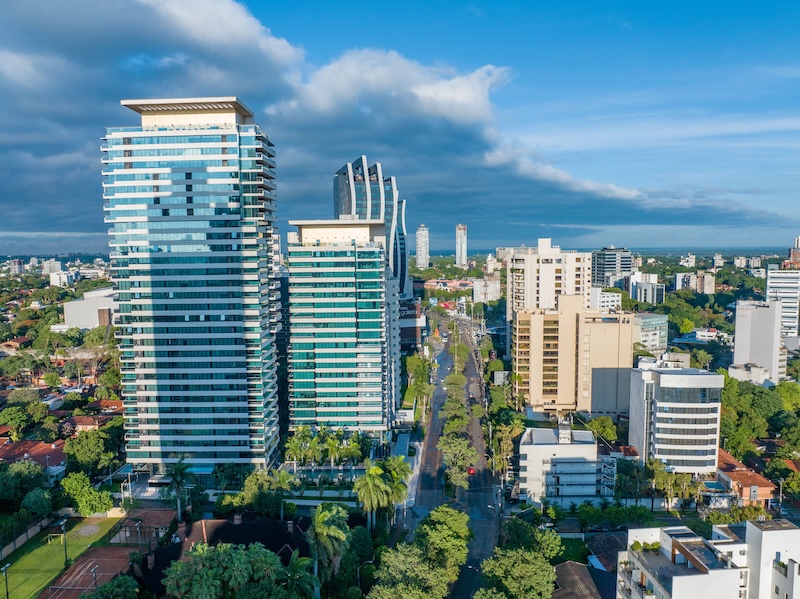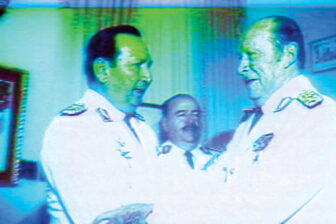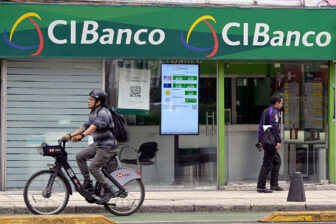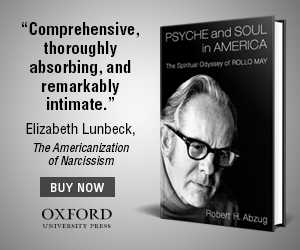ASUNCIÓN—Distrito Perseverancia has been billed as “a city within a city.” The $300 million private development, due to open later this year in Paraguay’s capital, will include boutiques, restaurants, 20 corporate towers, and apartment blocks containing penthouses worth $700,000. Not far away is the $70 million Petra Imperiale that promises “resort living” amid Roman-style fountains and sculptures in 400 apartments across 73 floors, which would make it the fifth-tallest building in South America.
The projects—part of the dozens of real-estate developments transforming the skyline of the traditionally languid and low-rise city—reflect a burst of growth that’s getting regional attention, as the government tries to deliver on an ambitious agenda to reduce poverty through job creation. But problems like entrenched corruption, poor infrastructure, and severe inequality could derail its plans.
Last year, for the first time in its history, Paraguay joined a small group of Latin American countries with the coveted investment-grade credit rating, supported by a “track-record implementation of institutional reforms” as well as sound monetary and fiscal policies. With one of the fastest-growing economies in the Western Hemisphere, Paraguay grew 4.0% in 2024, according to the IMF, and GDP growth is projected to remain around 3.5% through 2030. The country’s central bank (BCP) credits the strong performance of beef exports, manufacturing, and construction.
This offers a marked contrast to most of the region: Latin America’s collective growth is expected to slow from 2.4% last year to 2% in 2025. Paraguay’s recent performance builds on average annual growth of 3.7% across the past two decades, according to World Bank data.
“The Paraguayan economy is very stable,” said historian and political commentator Milda Rivarola, pointing to an exchange rate that has hovered around 7,000 guaraníes to the U.S. dollar for the past 20 years. “The problem is when it comes to distributing the accumulated capital.” According to the nation’s statistics agency, Paraguay managed to reduce the poverty rate to 20.1% last year from 50% in 2003. However, “inequality is still extremely high,” Rivarola told AQ.
Just a few blocks from the skyscrapers and showrooms, many are struggling to get by. Bienvenida Francisca Jara lives in a small, roughly plastered house next to an abandoned rail line, selling ice and herbal remedies to passersby. Business, she said, is slow. “There are days when I don’t even earn 2,000 guaraníes ($0.30),” Jara, 59, told AQ. She has no health insurance and is hundreds of dollars in debt on her utility bills.
“The economy is dreadful; we’ve never had it so bad. Things just get more difficult. Meat, bread, fuel, and sugar are expensive; everything’s going up,” she added. “This is the worst government we’ve ever had.”
A two-track economy
The sharp contrast—luxury and precarity side-by-side—speaks volumes about Paraguay in the two years since former IMF economist Santiago Peña became president, and the 12 months since Moody’s became the first credit company to rate the country as “investment grade.”
“A year ago, Paraguay achieved a long-held dream,” Peña posted on social media in late July. Joining Colombia, Panama, and Peru on Baa3, he continued, “means the world now recognizes us as a serious, reliable economy with a promising future.”
Amid nearly 50 trips abroad by Peña, a string of high-level meetings—with Pedro Sánchez, Marco Rubio, King Charles, Narendra Modi, World Bank boss Ajay Banga and others—have added to Paraguay’s moment in the spotlight. Early 2025 saw Paraguay lead the world in tourism growth, partly reflecting Argentines and Brazilians hopping across the border for shopping trips and sporting events. It’s also receiving record numbers of residency applications, including many Europeans and North Americans lured by sub-tropical sunsets, cheap steak, and low taxes.
“No country can say it’s perfect,” Economy and Finance Minister Carlos Fernández Valdovinos told AQ. “There’s a lot left to do, but we’re headed in the right direction.”
Yet according to local pollster Ati Snead, Peña’s approval rating fell to 49% in July, down from 56% a year earlier, with respondents rating high grocery prices (23%), health care (18%), crime (14%), fuel prices (13%) and unemployment (12%) as the biggest problems facing the country. The president’s jet-setting was also deeply unpopular, with 71% saying they disapproved of his regular overseas trips.
And despite the Peña administration’s best efforts, it has so far failed to unleash the promised tide of foreign direct investment. According to CEPAL, Paraguay’s FDI actually fell by a third to $400 million last year, only slightly ahead of Bolivia ($247m) and Ecuador ($318m), well behind Peru ($6.8bn) and Argentina ($11.6bn), and far below Paraguay’s peak of $970m in 2012.
Analysts say Paraguay’s lack of legal security, perennial corruption, and severe shortfalls in education and infrastructure are causing investors to think twice—and preventing growth from trickling down.
Paper, power, property
Take Paracel, a forestry and paper-mill consortium led by local Grupo Zapag and European partners. Established in 2018, the pulp megaproject is slated to bring $4 billion in investment and thousands of jobs to the poor northern department of Concepción.
Yet the timeline for completion has slipped from 2023 to 2027 amid financing challenges—as well as reports of regulatory holdups caused by Peña’s patron, the powerful former president and Colorado Party boss Horacio Cartes (2013-18), who was sanctioned by the Biden administration for corruption and has business interests nearby.
Behind another flagship $1.3 billion initiative is London-based company ATOME, which plans to use Paraguay’s abundant hydropower to produce 250,000 tons of “green” fertilizer annually from a free trade zone near Asunción. But construction is yet to begin, with its CEO admitting last year that funding was not materializing “as fast as I would like.”
Paraguay’s cheap and plentiful energy has also caught the eye of Rubio, the U.S. secretary of state, who remarked in a Senate hearing in May that the country has an “enormous strategic opportunity” to become an artificial intelligence (AI) hub. Global bitcoin mining firms have already piled in, with Canada’s HIVE spending nearly $60 million on a facility near the Itaipu dam earlier this year.
The downside: Crypto miners have faced sudden price hikes from state electricity provider ANDE, lawsuits from sleep-deprived locals alleging that sound pollution and zoning laws have been flouted, and even armed heists. Several clandestine bitcoin operations have also caused major fires. Meanwhile, power cuts in Asunción remain a regular occurrence. Industry bodies warn that—without massive investment in new energy sources and Paraguay’s aging, loss-prone grid—Itaipu’s fabled energy surplus will be entirely accounted for by 2030.
“We don’t cover education, health, or infrastructure, and we don’t have a reliable energy supply,” said Fernando Masi, the director of economic think-tank CADEP. Foreign firms privately complain, he told AQ, about having to foot the bill for roads, power lines, back-up generators, health care, and training to get workers up to speed. “This rhetoric that low taxes attract investment just isn’t true,” he said.
A 2024 study by the IADB found that low-income Paraguayan students lag their OECD counterparts by eight years of education, tied for worst performance in the region. Experts surveyed by Brazil’s Fundação Getulio Vargas, meanwhile, rank inadequate infrastructure, corruption, and the lack of skilled labor as the greatest obstacles to economic growth in Paraguay, with half saying that income inequality is also a major issue.
These failings can’t be laid at Peña’s door alone, Masi cautioned, but the president has so far done little to alter Paraguay’s “dual economic and social model.”
On the one hand, high-productivity, low-employment industries like agribusiness are thriving. Meanwhile, the sizable informal sector of near-subsistence family farms, mom-and-pop micro-businesses, and construction workers, maids, and roadside vendors is limping along. Even the real-estate boom—partly fueled by Argentine investors—is starting to look like a bubble. As the capital sheds inhabitants amid a housing shortage, many high-end new units appear empty. An official report in late 2023 found that nearly 300 properties nationwide had been built with drug money and laundered cash: mansions, ranches, and at least one church.
According to the Geneva-headquartered Global Organized Crime Index, Paraguay was the fourth-most criminal country in the world in 2023 after Myanmar, Colombia and Mexico, reflecting the presence of powerful drug cartels, major international arms trafficking networks, and weak and co-opted institutions.

Photo by Sandino Flecha and Elisa Marecos
Facts versus feelings
The Peña administration is taking belated action on cost of living, with inflation projected to end the year at 4%. In August, the government announced measures to strengthen the competition authority, signaled that it could approve imports of cheaper food from elsewhere in Mercosur, and called on supermarkets to pass on savings from a weaker dollar to consumers.
Masi, the economist, said such tweaks aren’t enough—and that Paraguay needs to revisit its flat 10% rate across personal, corporate, and income taxes in order to invest in human capital and infrastructure. It’s a view echoed by the IMF and the World Bank, as well as Jara, the street-seller, who complains that a fifth of her income is taxed by Asunción’s City Hall. “Why don’t they make the rich pay their fair share,” she asked, “and leave the poor alone?”
But Valdovinos, the finance minister, rules out tax increases, calling them “totally unfair” without more reforms to cut waste and improve efficiency. Peña’s fusion of the tax and customs agencies in 2023, he said, has so far increased collection by $1 billion.
A reform package presented to Congress in July seeks to allow services-based firms to take advantage of the low-tax maquila regime and exonerate investors from VAT and the tax on dividends and profits. Meanwhile, a national strategy launched in February contains 44 “measurable, quantifiable” actions to tackle corruption, the finance minister added. “It’s a problem that hurts Paraguay, and we want to fix it independent of the economic impact.”
Valdovinos downplayed the suggestion that most people aren’t feeling the benefits of Paraguay’s bonanza. “I’m used to working with data, not stories,” he retorted, citing his PhD from the University of Chicago. “I can’t make public policy on the basis of feelings.”
He said that nearly 100,000 formal jobs have been created in two years, with the government still aiming to hit Peña’s bold campaign promise of creating half a million by 2028. By then, he said, “we hope to end up with a poverty rate less than that of the United States,” around 11%.
Halving the poverty rate is a tall order; it fell just a single percentage point in 2024. Faster progress will be necessary to show that Paraguay’s nascent prosperity reaches beyond its new skyscrapers.


